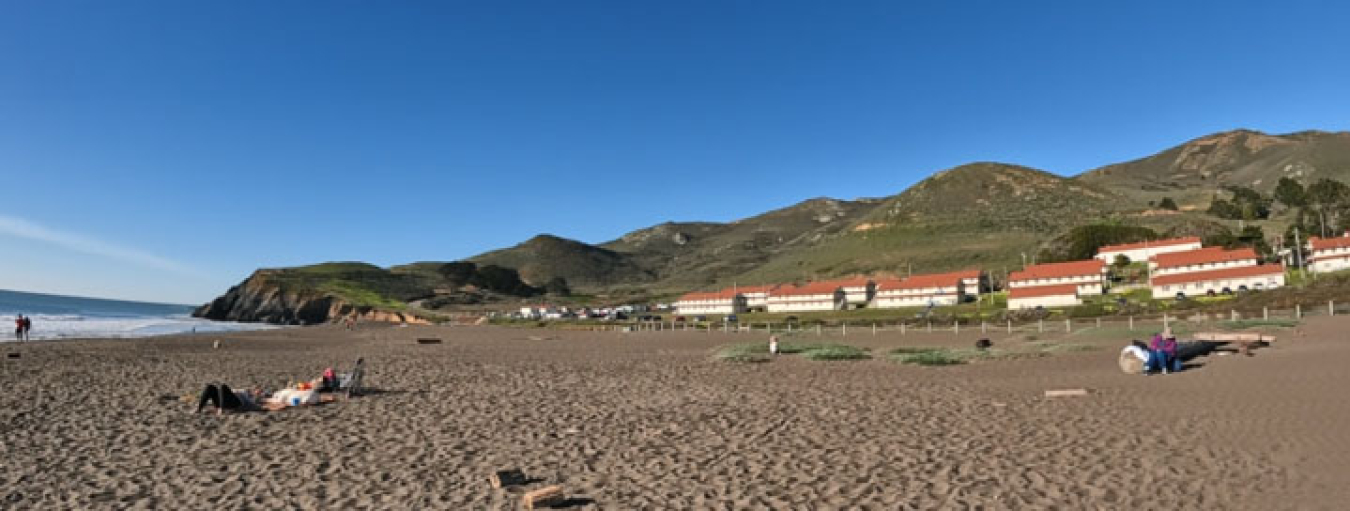
Golden Gate National Recreation Area received technical assistance from the FEMP EVSE Tiger Team.
The Federal Energy Management Program (FEMP) shares fleet electrification success stories, including the following examples of electric vehicle (EV) adoption and electric vehicle supply equipment (EVSE) installation throughout the federal fleet.
National Parks
Golden Gate National Recreation Area assessed zero-emission vehicles and EVSE possibilities with the FEMP EVSE Tiger Team.
Grand Teton National Park developed an electric vehicle charging infrastructure deployment plan with the FEMP EVSE Tiger Team.
The United States Park Police (USPP) have embraced electric motorcycles to patrol in areas previously inaccessible by conventional cars and trucks.
Yellowstone National Park worked with the National Renewable Energy Laboratory to perform an EVSE assessment focused primarily on parking areas at the Mammoth Headquarters.
National Laboratories
Idaho National Laboratory utilizes an online carsharing system with automated key dispensers as part of a pooled-vehicle reservation system. They are currently exploring the integration of EVs into the reservation system.
National Renewable Energy Laboratory (NREL) installed 108 Level 2 EVSE units and incorporated power management software to minimize equipment upgrades.
NREL uses networked submeters to track electricity usage at each EVSE port. The submeters are networked and provide utility-grade data that feeds into an Energy Management Information System. This gives NREL the ability to separate the electricity use of the EV charging stations from the building so they can be removed from the building intensity calculations.
Federal Agencies
Beale Air Force Base acquired two mobile power stations, each with 250 kWh of battery storage capacity, with a forklift attachment on one end and a scissor lift attachment on the other. The units are primarily replacing conventional gas- or diesel-powered forklifts and scissor lifts, and their versatility makes them invaluable for a range of projects.
Camp Lejeune partnered with the National Renewable Energy Laboratory to complete EVSE site assessments for fleet vehicles stationed at 14 different parking lots.
Defense Intelligence Agency and others have used grants to fund their programs.
Marine Corps Base Camp Blaz is working with the National Renewable Energy Laboratory and Naval Facilities Engineering Systems Command to plan EVSE deployments and solar photovoltaic installation at the new base.
U.S. Army and Marine Corps share an electric autonomous shuttle at Fort Myer-Henderson Hall.
The U.S. Army Corps of Engineers developed a site prioritization tool that accounts for various factors when planning EV charging stations projects such as emissions, energy costs, access to public charging, and environmental justice concerns.
The U.S Department of Veterans Affairs expanded its pilot rideshare program to all 50 states through a user-friendly platform enabling veterans to request and schedule rides.

